The Mural Village In Seoul You Haven’t Heard About
Last Updated on November 7, 2023
There are hidden gems all over the city of Seoul and Gaemi Maeul (개미마을), or Ant Village, is one of them. This mural village in Seoul was painted by students in a similar fashion to the much more popular Ihwa Mural Village and also the murals in Mullae-dong. This mural village sits on the side of Mt Inwang, Inwangsan, which is popular with hikers in Seoul. And that’s probably the only people that find this mural village really. Get off the beaten path in Seoul and see something different… like the Ant Mural Village.

This mural village in Seoul is hidden away. Find it if you can:
(This post contains affiliate links, which means I receive a certain percentage of a sale if you purchase after clicking. These funds go to maintain the site. Thank you for your support.)
How To Get There
This village sits a bit down the road from the popular Hongdae area of Seoul that is popular for music and art. I once got into a taxi and asked to go to Hongdae and accidentally ended up in Hongje because the driver misheard so keep in mind it’s sort of nearby but they are different areas. This village isn’t huge so you could easily combine it with a trip to Ansan Mountain where you can find some beautiful cherry blossoms in the spring. You could also visit the Seodaemun Prison History Museum which is just two subway stops up as well.

Address: 9-81, Hongje 3(sam)-dong, Seodaemun-gu, Seoul (서울시 서대문구 홍재3동 9-81) (NOTE: This is the address of a temple at the top of the hill. You don’t need to go all the way up to this point to start, but you’ll see when you get there.)
By Subway: Go to Hongje Station and catch the number 7 local bus between exits 1 and 2 outside the KFC. Take the bus all the way up the mountain side, only about 10 minutes and get off at the last stop. Walk back the way you came and find the murals as you go.
What To Know About The Area
It’s not as substantial as the Ihwa Mural Village but it’s something fun to go check out if you want to go somewhere a bit quiet in Seoul and do something different. Or, if you want to take a hike, start at the bottom of the road and walk up to see the murals before you head onto the mountain trails.


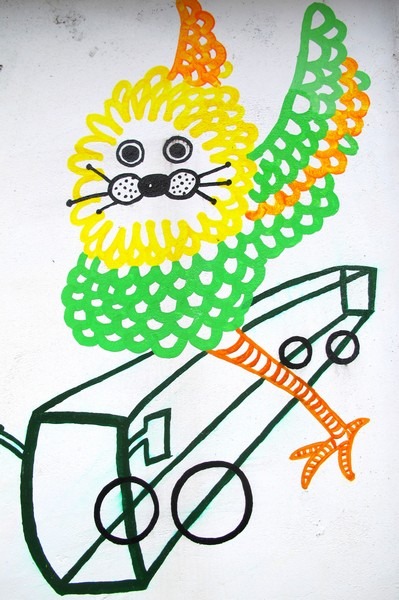
The area gets its name from the hardworking people that live here. Living on the side of a mountain, or a daldongnae, isn’t easy, especially in the winter. Some of these families have lived here since the 50s and they’ve stuck it out cold winter after cold winter in houses hardly updated since they’ve moved there. After the Korean War, there was a lot of rebuilding to be done so the government gave families a bunch of bricks and in essence told people they needed to take care of building their own homes as they took care of rebuilding the cities and economy.

This is how daldongnaes started. Families were given plots of land on the sides of the mountains and they rebuilt. Many, or probably most, didn’t have running water. When you visit these areas, be respectful of the locals, don’t be too noisy, and do not walk into the homes.




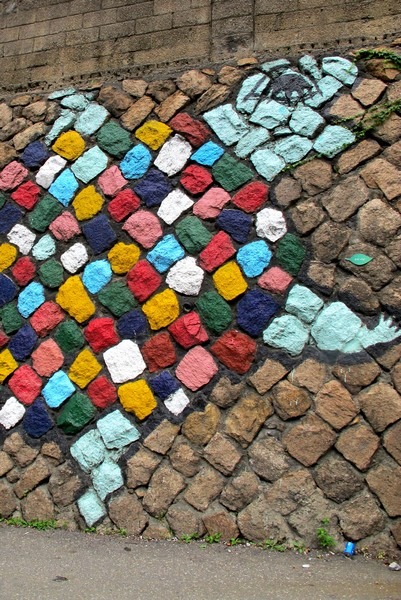
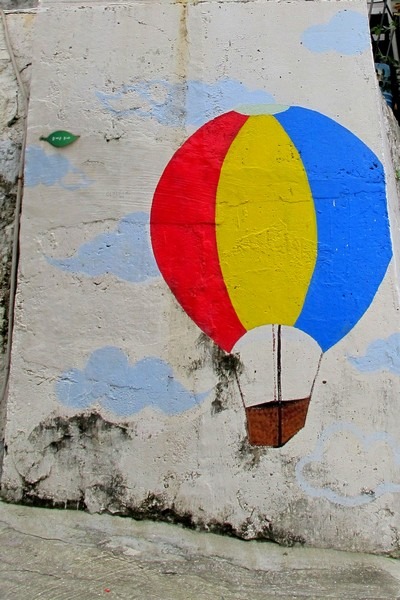
Gathering information from a few well written articles, it seems the paintings were done in August of 2009 by some well meaning students, 128 volunteers and backed by the Seodaemun government to give this area a face lift. Without the murals, the village probably wouldn’t make it on to most peoples’ must see list of Seoul, but with the murals it brings people who wouldn’t otherwise see this pre-modern Seoul area.
Besides looking at the murals I noticed quite a few houses that still have their bathroom outside. There was a creek running directly under one house and it made me wonder how this very rainy, rainy season affected this family. As most of the articles suggest, aside from the murals the walk here can be very nostalgic taking you back to a, some say, simpler time.

The mural village hasn’t been kept up as well as Ihwa Mural Village or other murals in the city so keep that in mind. But it’s a great village to visit for something different. You’ll see traditional tile roofs and experience a quieter space than most in the city. There are just a bit over 200 households in this mountainside village and a bit over 400 residents. The area has been featured in some movies and documentaries due to the murals with old charm.
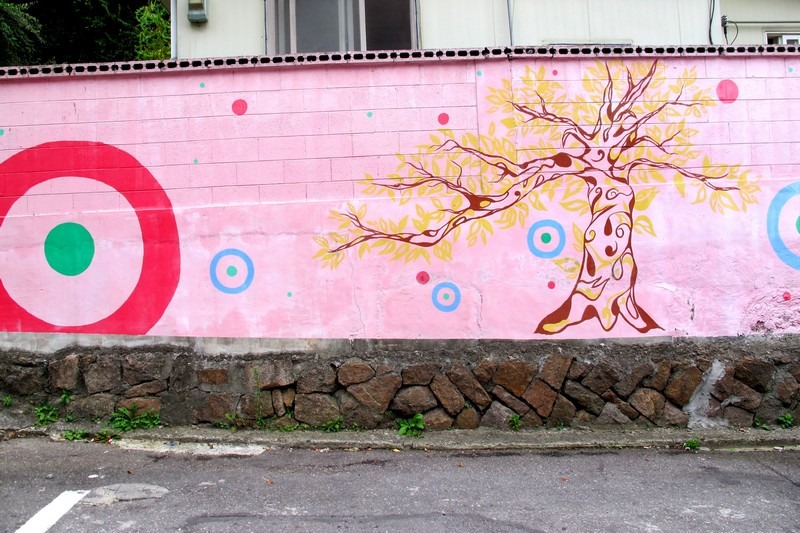
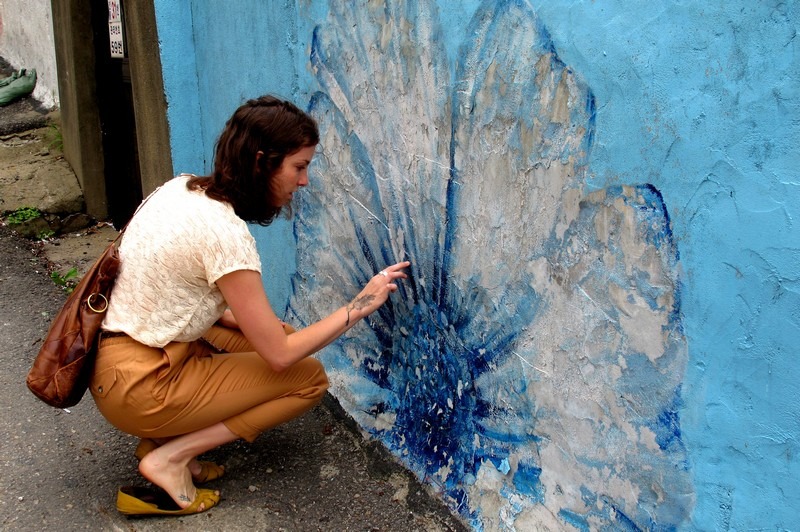
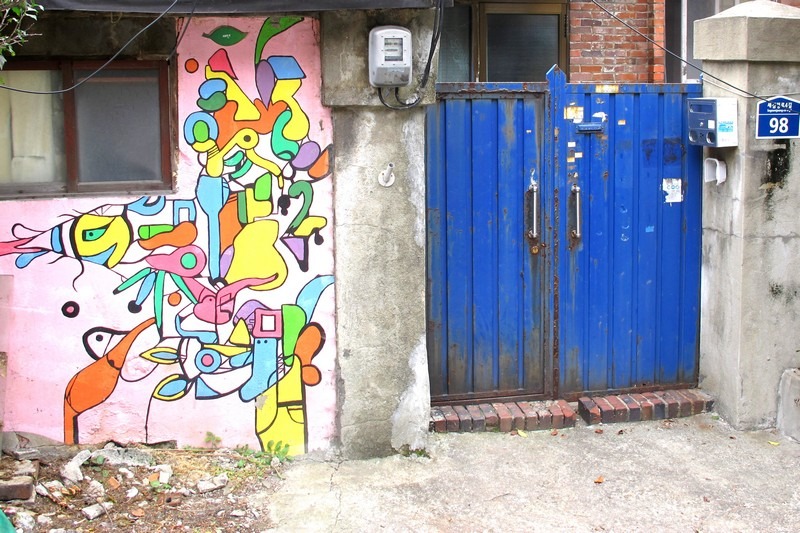

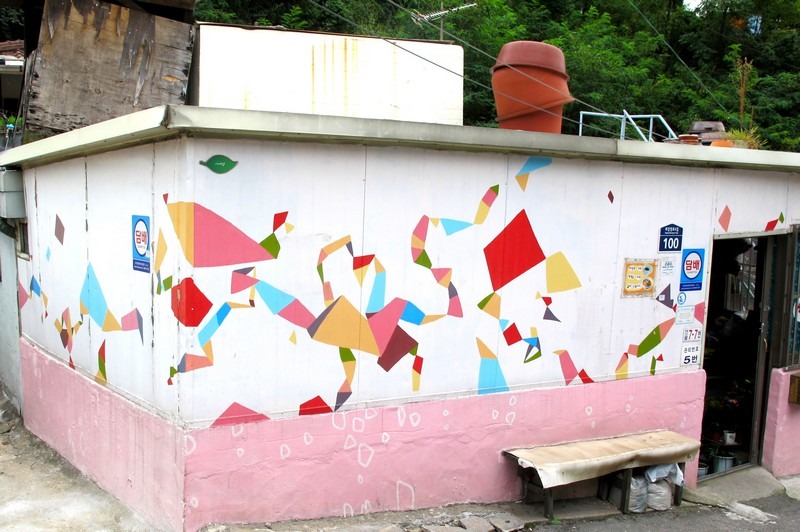

If you like checking out local art and culture villages, here are a few more that you should have on your radar:
- Gongju’s Yugu Mural Village
- The Huinnyeoul Culture Village in Busan
- The Hamchang Art Road In Sangju
Did you like this post? Pin It!
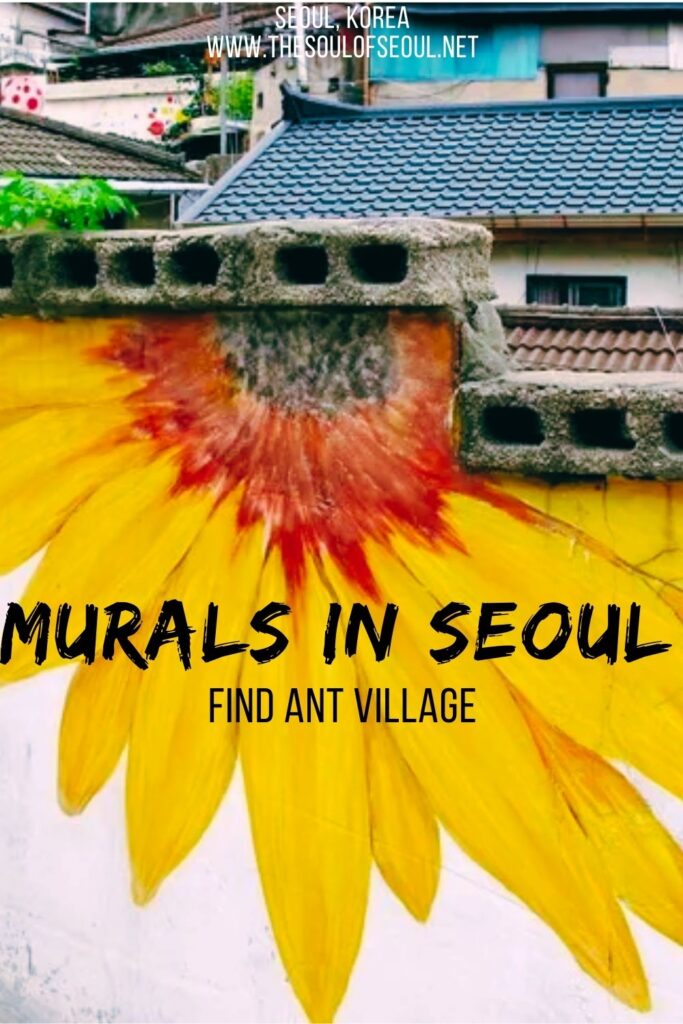
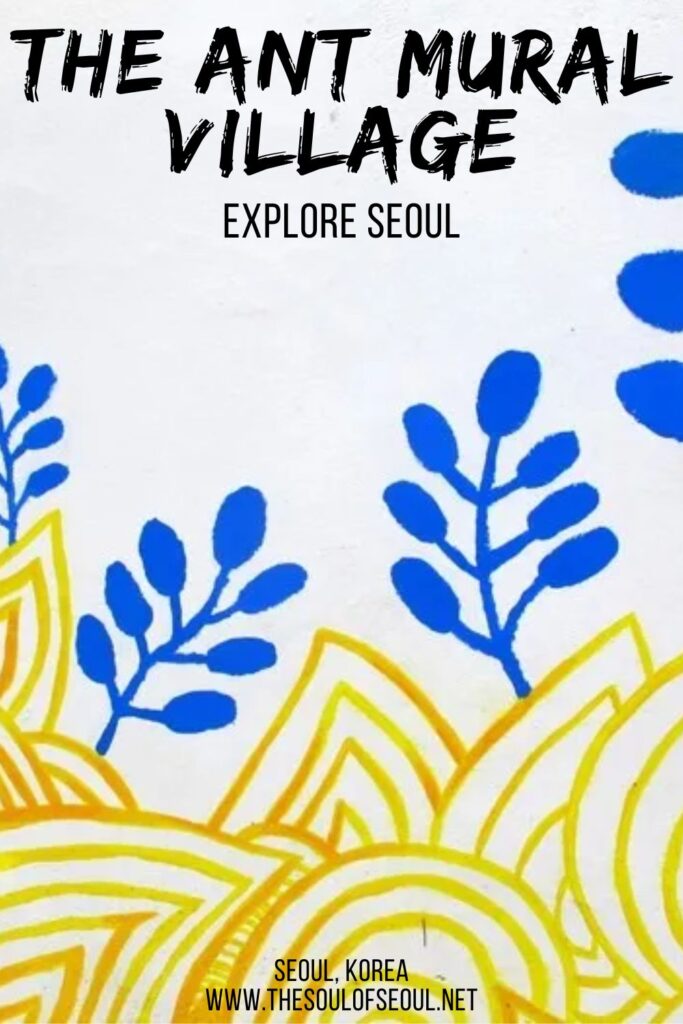

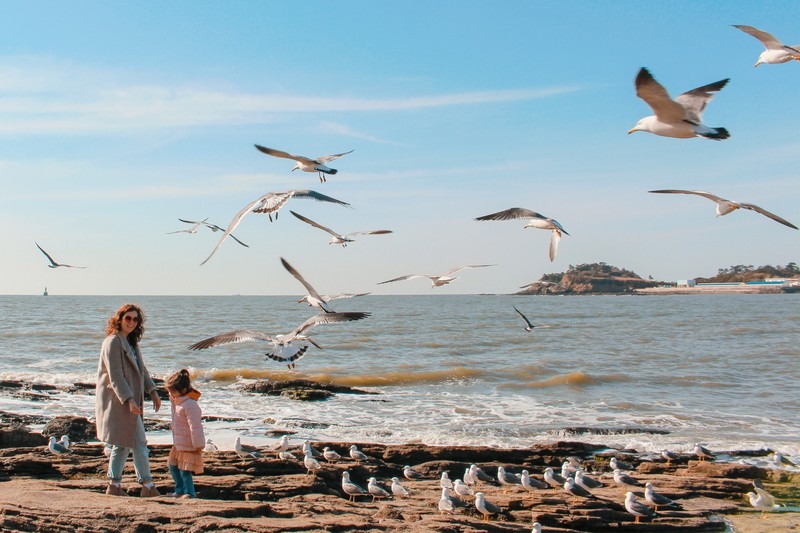
One Comment
crystal @unepeach
Great find!